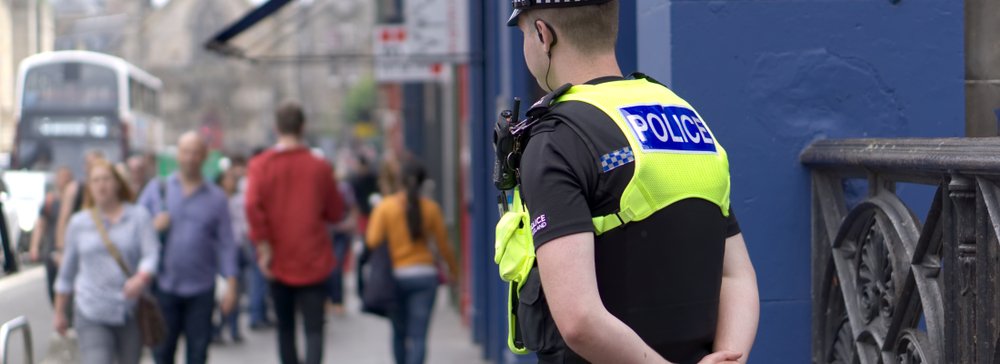| 0 mins read
Deep-seated historical traumas continue to ricochet through communities, mediating how contemporary policing is viewed and experienced. This article presents a case for embedding reconciliation practices into policing strategies to repair and rebuild frayed relations with the public. It examines the practical applications of reconciliation practices, some barriers to implementation and suggested strategies for overcoming resistance. Drawing from limited, yet insightful, empirical research and international best practice, the article proposes a model comprised of five elements to promote healing, foster trust and highlight the importance of sustainable community-police engagement.
Need help using Wiley? Click here for help using Wiley


